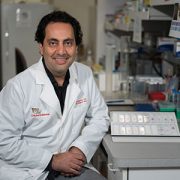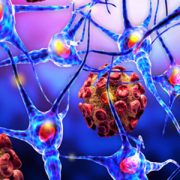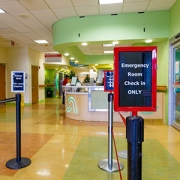Tackling sexually transmitted infections with ED based intervention

The study proposes to leverage digital health technology in the ED to support the adolescent population.
Children’s National Hospital will develop an emergency department (ED) based intervention to tackle the sexually transmitted infections (STI) epidemic through implementation of broad screening into the clinical workflow. The work is being led by Monika Goyal, M.D., M.S.C.E, associate chief of Emergency Medicine at Children’s National, through a $4.1M award from the NIH’s National Institute of Allergy and Infectious Diseases.
Why it matters
STI’s disproportionately affect adolescents, and adolescents often rely on ED’s for care.
“Adolescent sexual health, and in particular, diagnosis and management of sexually transmitted infections, is of substantial public health importance yet understudied and underfunded,” says Dr. Goyal.
The details
The study proposes to leverage digital health technology in the ED by:
- Integrating patient reported outcomes into the electronic health record to drive patient-engaged clinical decision support for improved STI detection.
- Using mobile health through two-way text messaging to impact STI treatment adherence for improved adolescent sexual health outcomes and mitigation of disparities in the STI epidemic.
Dr. Goyal’s team cares for a diverse patient population with high rates of STIs. This grant, she says, is timely and needed, as it may confer significant public health impact and is consistent with the mission of Healthy People 2030, a U.S. Department of Health and Human Services initiative.
What’s unique
“I have had a longstanding commitment to improving the sexual health of adolescents,” Dr. Goyal adds. “It is exciting to have an opportunity to leverage digital health by harnessing the strengths of electronic health and text messaging platforms to improve care for youth.”
Research reported in this publication was supported by the National Institute Of Allergy And Infectious Diseases of the National Institutes of Health under Award Number R01AI163232. The content is solely the responsibility of the authors and does not necessarily represent the official views of the National Institutes of Health.










